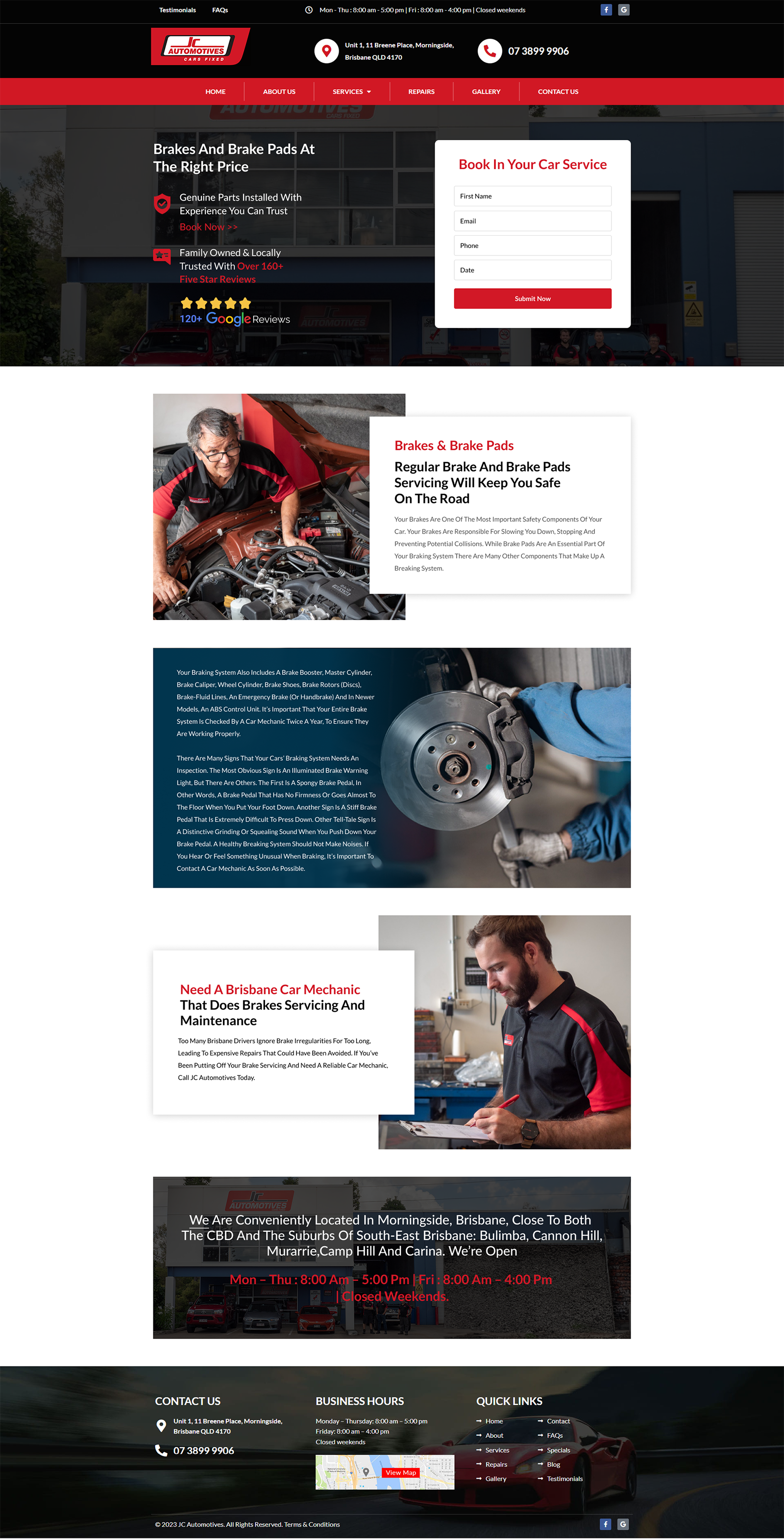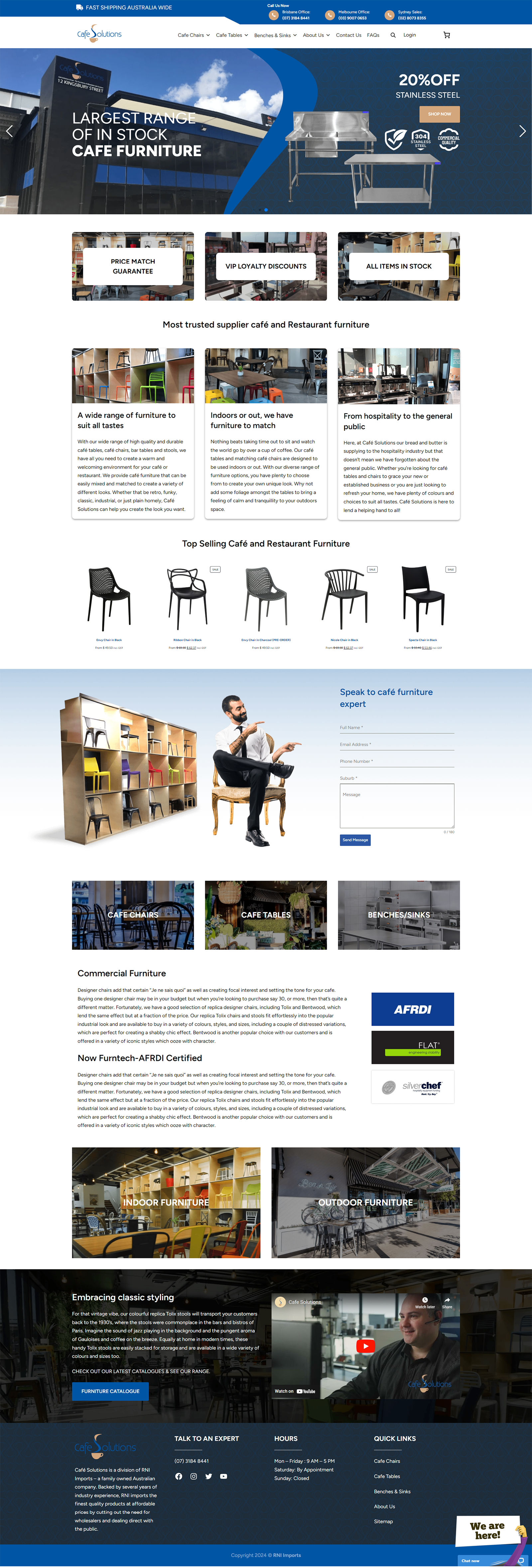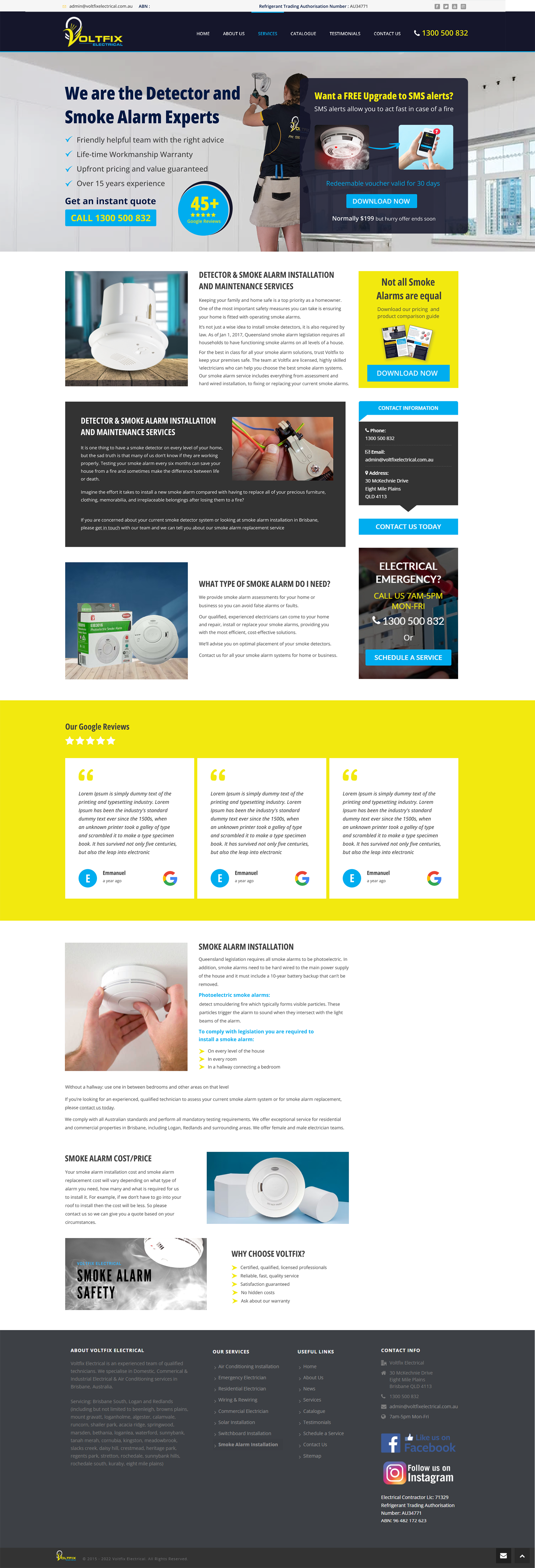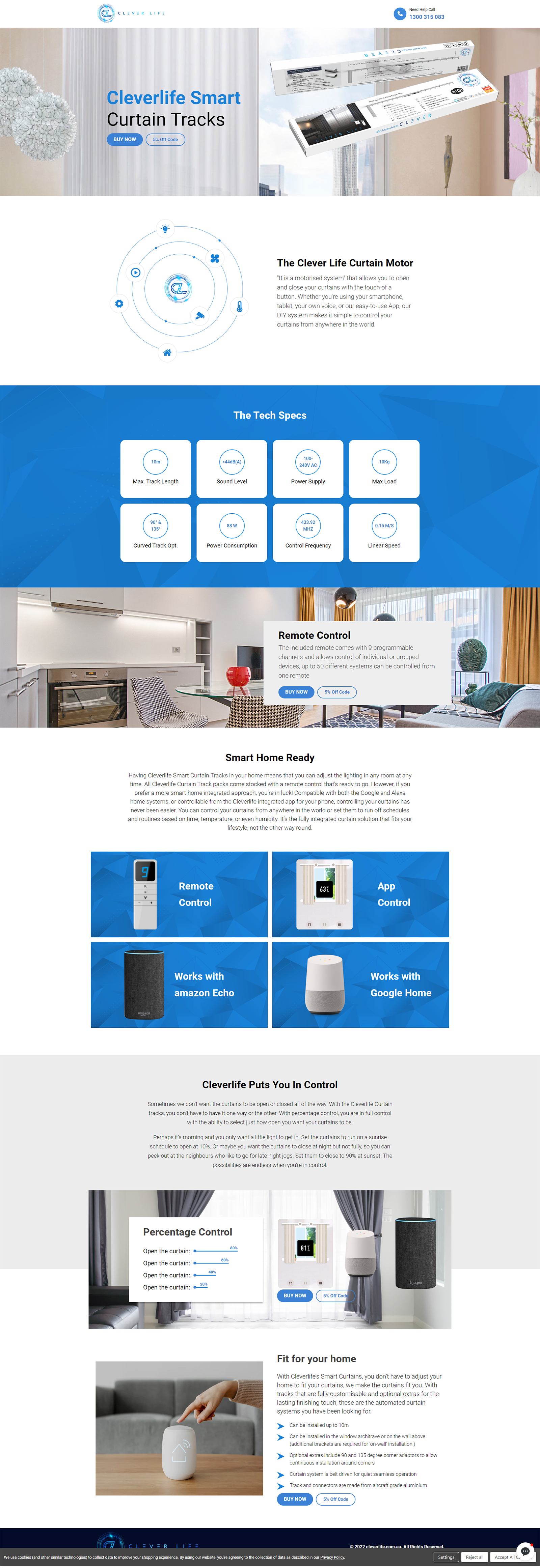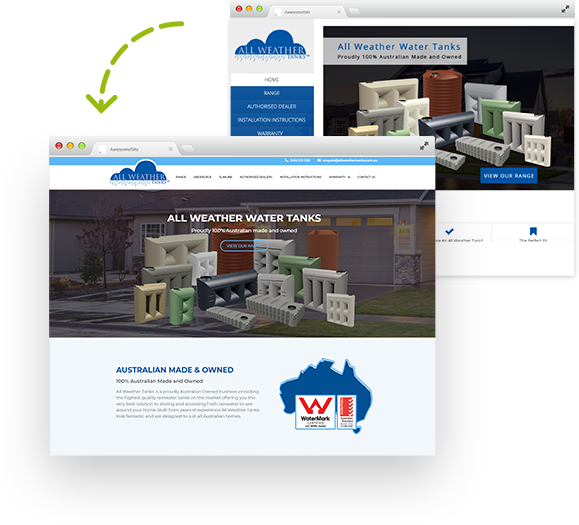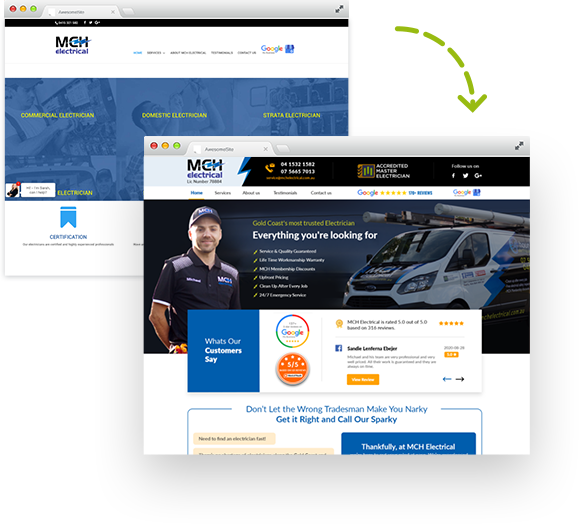When building a website, it’s crucial to understand the foundational elements that contribute to its success. Terms like user-friendly navigation, responsive design, SEO optimisation, and CTAs (Call-to-Actions) may seem technical, but they boil down to one key principle: creating a site that is functional, accessible, and engaging for its visitors. Simply put, an effective website combines these components to offer a seamless experience, guiding users to find what they need while fostering trust and encouraging interaction.
At Kick Media, we understand that every website needs a foundation of essential elements to meet users’ needs, build credibility and drive conversions. In this guide, we’ll take you through what we believe are the most crucial components of a high-performing website, helping you understand how these elements boost engagement and conversion rates.
Essential Elements Every Website Needs: A Complete Guide for Success
User-Friendly Navigation
Navigation is one of the most critical aspects of a website’s design. When visitors arrive on your site, they should be able to locate essential information quickly and efficiently. A clear menu structure, logical categories and breadcrumb navigation are a few elements that create a seamless experience. The structure should feel intuitive so that users don’t get frustrated or lost—this encourages them to stay longer and explore further. Consistent navigation across all pages is vital, ensuring that users always know where they are and where they can go next.
Responsive and Mobile-Friendly Design
In today’s mobile-first world, having a website that works well on mobile devices is non-negotiable. Responsive design ensures that your website adapts to screens of all sizes, from mobile phones to large desktop monitors. This is not only about user experience; it also impacts your search engine rankings, as search engines favour mobile-friendly sites. To ensure your site is truly responsive, we recommend testing it across various devices and screen sizes, checking that all images, text and buttons are well-aligned and functional on each. A well-optimised site on mobile can make a significant difference in how users perceive your brand’s professionalism and reliability.
Strong Call-to-Actions (CTAs)
A powerful call-to-action (CTA) can guide users through their journey on your site, encouraging them to take specific actions like purchasing a product, subscribing to a newsletter, or getting in touch. CTAs need to be clear and compelling, catching the visitor’s attention while seamlessly fitting into the page layout. Effective CTAs vary in form—they could be buttons, links, or forms—and should be placed strategically, such as on landing pages, at the end of blog posts, or within key product descriptions. When crafted carefully, CTAs can significantly enhance conversion rates, transforming casual visitors into loyal customers.
High-Quality Content and Visuals
Content is at the heart of every website, serving as a powerful tool to answer visitors’ questions, address their needs and establish your brand’s authority. Content should be valuable, relevant and optimised for SEO to reach your target audience effectively. Quality goes beyond words; visuals like images and videos can make content more engaging, helping break up text and create a more enjoyable browsing experience. Remember, content quality also impacts SEO—search engines reward well-written, valuable content, helping you climb higher in search results and bringing in more organic traffic over time.
Fast Loading Speeds
Nothing drives visitors away faster than a slow-loading site. Page speed is crucial for both user experience and search rankings, as search engines prioritise fast-loading sites. To optimise your site’s load speed, focus on compressing images, utilising caching and minimising excess code. Tools like Google PageSpeed Insights can provide insights into your site’s speed performance and recommend areas for improvement. By optimising your load times, you’re creating a more seamless experience for your users and making it more likely that they’ll stay longer on your site.
Contact Information and Trust Signals
Trust is key in building relationships with visitors and accessible contact information is one of the first steps to establishing credibility. Displaying clear contact details, such as an email, phone number and physical address, makes it easy for visitors to reach out, instilling confidence in your brand’s transparency. Additionally, trust signals—like customer testimonials, certifications, or awards—help reassure visitors that they are making a safe choice. A dedicated contact page is particularly helpful, making it easy for users to find everything they need in one place, which encourages them to engage more directly with your brand.
Search Engine Optimisation (SEO) Fundamentals
SEO is essential for improving a website’s visibility and driving organic traffic. Key SEO components include keyword optimisation, meta descriptions, title tags and alt text for images. When these elements are optimised, search engines can better understand what each page is about, helping them rank your content higher in relevant searches. Although SEO is a long-term investment, these fundamentals create a strong foundation for organic growth and, ultimately, a steady stream of interested visitors. Incorporating SEO into your site design from the outset ensures that your content can reach its maximum potential audience.
Security Features (SSL Certificates, Privacy Policy)
Security is a must for any website, especially for sites that handle sensitive data or transactions. An SSL certificate is essential, as it encrypts data, making it safer for visitors to browse and interact on your site. Not only does this enhance user trust, but it’s also a factor in search engine rankings. Additionally, having a visible privacy policy demonstrates your commitment to handling visitors’ data responsibly, building trust and encouraging users to engage further with your site. These security features are particularly critical for e-commerce sites and any platform that collects personal information.
Key Website Elements That Drive Results with Kick Media
At Kick Media, we believe a website should be more than a digital storefront; it should be an engaging, reliable experience that meets visitors’ needs and builds long-term trust. From streamlined navigation and fast-loading pages to SEO optimisation and robust security features, every element plays a role in your website’s overall performance and success. Choosing the right digital partner can make all the difference in implementing these essential features effectively. For a tailored approach to optimise your website for engagement and conversions, reach out to us at Kick Media today—let’s help you build a site that drives results!







